粉末中再现性&Flodex的比较检测方案(粉末流动性)
检测样品 粉末
检测项目 再现性&Flodex的比较
方案详情文
智能文字提取功能测试中
GRANUTOOLS” Application Note using:GRANUFLOWTM Highlighting reproducibility&Comparison vs Flodex .TABLE OF CONTENTS TABLE OF CONTENTS..mm ..1 NOMENCLATURE...... ..1 1. Introduction...... ..TTheoretical Framework... GranuFlow........ 12II.mExperimental setup...... .3 1. Material........ .3 2.Experimental protocol... i. GranuFlow........ ii.Flodex..... 3 II. GranuFlow versus Flodex..... .4 1.EExperimental results...... .42 Flodex issues ... i. . Triboelectricity and powder aeration..... ii.Powder height dependency....... 5 IV. Conclusions...... ..5 Bibliography............ .6 Appendix 1: GranuFlow theoretical background.... .8 .NOMENCLATURE Letter Description Units Cb Beverloo parameter g/mm3 D Hole diameter mm Dmin Minimum hole diameter for powder to flow mm m Powder mass g F Powder mass flowrate g/s RH Relative humidity % Average sum of squared residual (on mass flowrate) g /s t Time S T Temperature Absolute humidity gH20/kgDryAir Relative to absolute error I. Introduction 1. Theoretical Framework Granular materials and fine powders are widely used in industrial applications. To control and tooptimize processing methods, these materials have to be precisely characterized. Thecharacterization methods are related either to the properties of the grains (granulometry,morphology, chemical composition,...) and to the behaviour of the bulk powder (flowability,density, blend stability, electrostatic properties, .... However, concerning the physical behaviourof bulk powder, most of the techniques used in R&D or quality control laboratories are based onold measurement techniques. During the last decade, we have updated these techniques to meetthe present requirements of R&D laboratories and production departments. In particular, themeasurement processes have been automatized and rigorous initialization methods have beendeveloped to obtain reproducible and interpretable results. Moreover, the use of image analysistechniques improves the measurements precision. A range of measurement methods has been developed to cover all the needs of industriesprocessing powders and granular materials. However, in this application note, we will be focusedon the GranuFlow instrument. 2. GranuFlow GranuFlow is an improved laboratory silo compared to the ancient Hall Flow Meter (ASTM B213,ISO4490] and compared to the"Flow Through An Orifice" method described in the Pharmacopeia(USP1174). GranuFlow is a straightforward powder flowability measurement device composed of a silo withdifferent apertures associated with a dedicated electronic balance to measure the flowrate. Thisflowrate is computed automatically from the slope of the mass temporal evolution measured withthe balance. The aperture size is modified quickly and easily with an original rotating system. Themeasurement and the result analysis are assisted by software. The flowrate is measured for a setofaperture sizes to obtain a flow curve. Finally, the whole flow curve is fitted with the well-knownBeverloo theoretical model to obtain a flowability index [Cb, related to the powder flowability)and the minimum aperture size to obtain a flow (Dmin) (for theoretical background, user can referto Appendix 1). The whole measurement is performed easily, fastly and precisely. In this paper, we used a complete set of hole diameters: 4, 6,8,10, 12, 14mm and 16mm. The main purpose of this application note is to provide information about the measurementsreproducibility with the GranuFlow and to show some examples about what is it able to offer. Ina second part, a comparison between Hall Flowmeter and GranuFlow is presented in order toshow the advantage of using GranuFlow. II. Experimental setup 1. Material The product FlowLac 100 provided by Meggle Pharma is used in this application note. It isproduced by spray-drying a suspension of fine milled alpha-lactose monohydrate crystals in asolution of lactose. When lactose in solution is spray-dried, a rapid removal of water is takingplace, whereby amorphous, non-crystalline lactose is formed in addition to crystalline lactose. Due to the spray-drying process, this powder has a spherical shape, consisting of small alpha-lactose monohydrate crystals bound by amorphous lactose. Figure 1: FlowLac 100, SEM Picture and particle size distribution (manufacturer data). 2. Experimental protocol i. GranuFlow GranuFlow analysis were performed at 20.6℃ and 34.6%RH. Mass Flowrate was investigated fordifferent hole size (from 4mm to 16mm). Measurements were repeated three times F is the powder flowrate (in g/s and Cb the Beverloo parameter (in g/cm3). Dmin is the minimumaperture size to obtain a flow (for more information about the Beverloo model, please refer toAppendix 1). 5 min are needed to run one complete measurements (with every hole size, cleaning and withBeverloo's Law calculation). ii. Flodex Flodex analysis were performed at 21.2℃ and 34.3%RH. Mass flowrate was measured for thesame aperture size than those used with the GranuFlow (from 4 to 16mm). Measurements wererepeated two times. 30 min are needed to run all measurements (with every hole size, cleaning, but without plottingthe Beverloo's Law). III. GranuFlow versus Flodex 1. Experimental results The following figure allows comparison between GranuFlow and Flodex. All error bars arecalculated using the standard deviation obtained for reproducibility measurements (S is theaverage sum of squared residuals, calculated with the experimental and Beverloo mass flowrates].The flowability of FlowLac 100 powder was investigated three times with the GranuFlow and twotimes with the Flodex: Mass flowrate versus aperture size: FlowLac 100 powder Figure 2: Mass flowrate versus aperture size - Comparison between GranuFlow and Flodex. The first observation is related to the ease of use of the GranuFlow in comparison with Flodex.Indeed, many time is wasted to change Flodex’s disks and to clean all the workplan between twoexperiments. Moreover, Flodex instrument does not allow the Beverloo law determination(calculations were done after experiment using the excel software). Regarding the average sum of squared residuals, it is possible to conclude that the Beverloo lawregression is more accurate with the GranuFlow (S=2.70g/s) than the Flodex instrument (S =9.99g/s). If we consider the error bars (especially with an aperture of 16mm), we can see that thereproducibility is better with GranuFlow than Flodex. This fact is explained by the completeautomatic procedure for the GranuFlow, while the time measurement is achieved manually(chronometer) with the Flodex instrument. Finally, GranuFlow and Flodex result are slightly different, some issues with the Flodexinstrument may explain this fact: powder aeration/electrostatic charges during measurement andporous medium height dependency. 2. Flodex issues i. Triboelectricity and powder aeration For the Flodex experiment, the powder is used to analyse mass flowrate versus aperture sizeHowever, despite this protocol allows to use a small powder quantity, it also leads to electricalcharges build up inside the powder [cf. Figure 3]. Therefore, at the end of experiment the powdermass flowrate will be erratic. Figure 3: Beaker photography after experiments with Flodex-Highlighting the electrostatic effect. Moreover, using the same powder will aerate it, and therefore, it will modify the powder flowingbehaviour. ii. Powder height dependency Contrary to the fluids, when a silo is discharged by gravity, the flow rate does not depend on theheight of the granular layer. Indeed,when this value is greater than 1.2 times the diameter of thesilo, the pressure at the bottom of the silo saturates due to the Janssen effect and hence, the flowrate remains constant (Mankoc et al.,2007). However, due to the small height of the Flodex instrument (7.5cm), the powder heightdependency is still observed at the end of its tank discharge. Thus, this instrument will be onlyuseful to have an idea about the minimum aperture for the powder to flow. IV. Conclusions . An experiment with the GranuFlow is extremely faster than Flodex (5min with GranuFlow and30min with Flodex. √ GranuFlow allows to plot the full Beverloo mass flowrate curve, while Flodex only allowexperimental data measurements. √(GranuFlow provides powder flowability measurements with Beverloo Law (i.e. Cb coefficient,with an error close to 2.4% and an estimation of the Cohesive Index with Dmin parameter(minimum diameter for the powder to flow in silo configuration). However, Flodex provides powder flowability with a slightly worse accuracy (3.1%), and noinformation about the Beverloo law is given (calculation need to be carried out with excel). Bibliography Cascade of granular flows for characterizing segregation, G. Lumay, F. Boschin, R. Cloots, N.Vandewalle, Powder Technology 234, 32-36 (2013). Combined effect of moisture and electrostatic charges on powder flow, A. Rescaglio, J.Schockmel, N. Vandewalle and G. Lumay,EPJ Web of Conferences 140, 13009 (2017). Compaction dynamics of a magnetized powder, G. Lumay, S. Dorbolo and N. Vandewalle,Physical Review E 80, 041302 (2009). Compaction of anisotropic granular materials: Experiments and simulations, G. Lumay andN. Vandewalle, Physical Review E 70,051314(2004). Compaction Dynamics of Wet Granular Assemblies, J. E. Fiscina, G. Lumay, F. Ludewig and N.Vandewalle, Physical Review Letters 105,048001 (2010). Effect of an electric field on an intermittent granular flow, E. Mersch, G. Lumay, F. Boschini,and N. Vandewalle, Physical Review E 81,041309 (2010). Effect of relative air humidity on the flowability of lactose powders, G. Lumay, K. Traina, F.Boschini, V. Delaval, A. Rescaglio, R. Cloots and N. Vandewalle,Journal ofDrug Delivery Science andTechnology 35, 207-212 (2016). Experimental Study of Granular Compaction Dynamics at Different Scales: Grain Mobility,Hexagonal Domains, and Packing Fraction, G. Lumay and N. Vandewalle, Physical ReviewLetters 95,028002(2005). Flow abilities of powders and granular materials evidenced from dynamical tap densitymeasurement, K. Traina,R. Cloots, S. Bontempi,G. Lumay,N. Vandewalle and F. Boschini, PowderTechnology,235, 842-852(2013). Flow of magnetized grains in a rotating drum, G. Lumay and N. Vandewalle, Physical Review E82,040301(R)(2010]. How tribo-electric charges modify powder flowability, A. Rescaglio, J. Schockmel, F. Francqui,N. Vandewalle, and G. Lumay, Annual Transactions of The Nordic Rheology Society 25, 17-21(2016). Influence of cohesives forces on the macroscopic properties of granular assemblies, G.Lumay, J. Fiscina, F. Ludewig and N. Vandewalle, AIP Conference Proceedings 1542,995 (2013). Linking compaction dynamics to the flow properties of powders,G. Lumay,N. Vandewalle, C.Bodson, L. Delattre and O. Gerasimov, Applied Physics Letters 89,093505 (2006). Linking flowability and granulometry of lactose powders, F. Boschini, V. Delaval, K. Traina,N.Vandewalle, and G. Lumay, International Journal ofPharmaceutics 494,312-320 (2015). Measuring the flowing properties of powders and grains, G. Lumay, F. Boschini, K. Traina, S.Bontempi, J.-C. Remy, R. Cloots, and N. Vandewall, Powder Technology 224, 19-27 (2012). Motion of carbon nanotubes in a rotating drum: The dynamic angle of repose and a bedbehavior diagram,S. L. Pirard,G. Lumay,N. Vandewalle,J-P. Pirard, Chemical Engineering Journal146,143-147(2009). Mullite coatings on ceramic substrates: Stabilisation of Al203-SiO2 suspensions for spraydrying of composite granules suitable for reactive plasma spraying, A. Schrijnemakers, S.Andre, G. Lumay, N. Vandewalle, F. Boschini,R. Cloots and B. Vertruyen, Journal of the EuropeanCeramic Society 29,2169-2175(2009). Rheological behavior of B-Ti and NiTi powders produced by atomization for SLMproduction of open porous orthopedic implants, G. Yablokova, M. Speirs, J. Van Humbeeck,J.-P. Kruth,J. Schrooten, R. Cloots, F. Boschini, G. Lumay, J. Luyten, Powder Technology 283,199-209(2015). The flow rate of granular materials through an orifice, C. Mankoc, A. Janda, R. Arevalo, J. M.Pastor, I. Zuriguel, A. Garcimartin and D. Maza, Granular Matter 9, p407-414 (2007). The influence of grain shape, friction and cohesion on granular compaction dynamics, N.Vandewalle, G. Lumay,O. Gerasimov and F. Ludewig, The European Physical Journal E (2007). Appendix 1: GranuFlow theoretical background The mass flowrate F through a circular orifice of diameter D is given by the product of the meanspeed of the grains
-
1/9

-
2/9
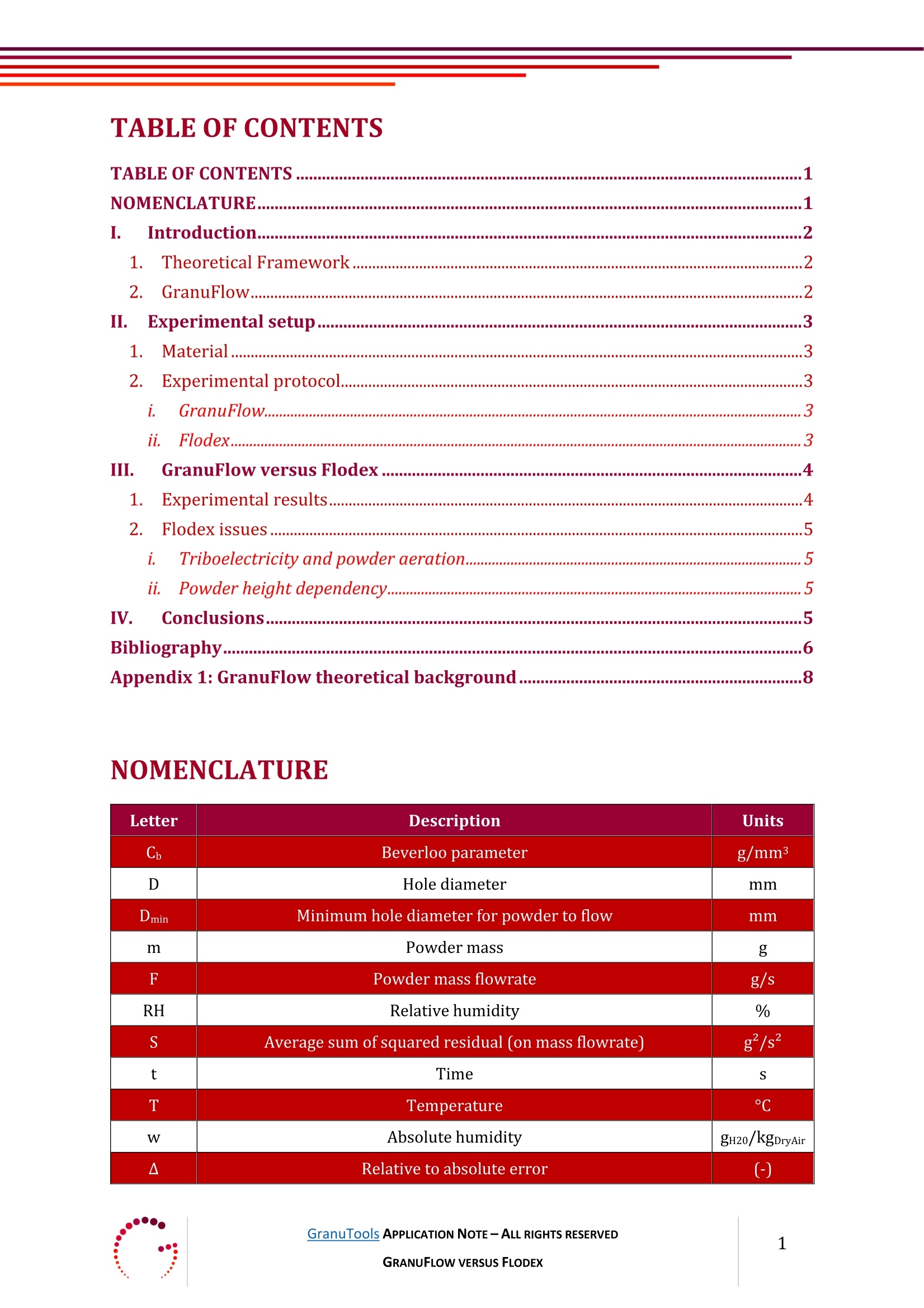
还剩7页未读,是否继续阅读?
继续免费阅读全文产品配置单
大昌华嘉科学仪器为您提供《粉末中再现性&Flodex的比较检测方案(粉末流动性)》,该方案主要用于粉末中再现性&Flodex的比较检测,参考标准《暂无》,《粉末中再现性&Flodex的比较检测方案(粉末流动性)》用到的仪器有粉体流动性分析仪 Granuflow、粉体振实密度分析仪 Granupack。
我要纠错
推荐专场
粉末流动性测试仪
更多相关方案



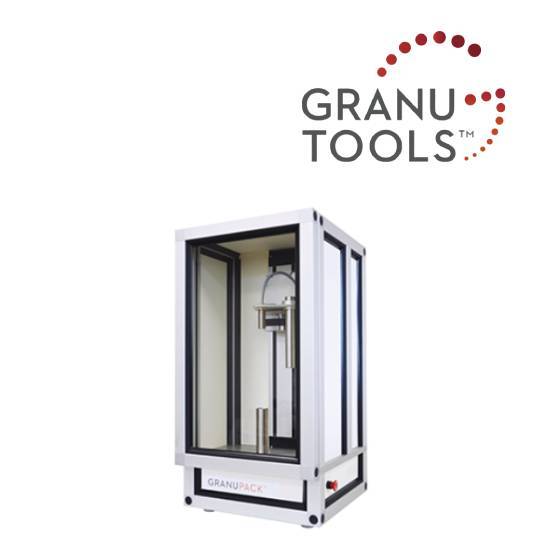
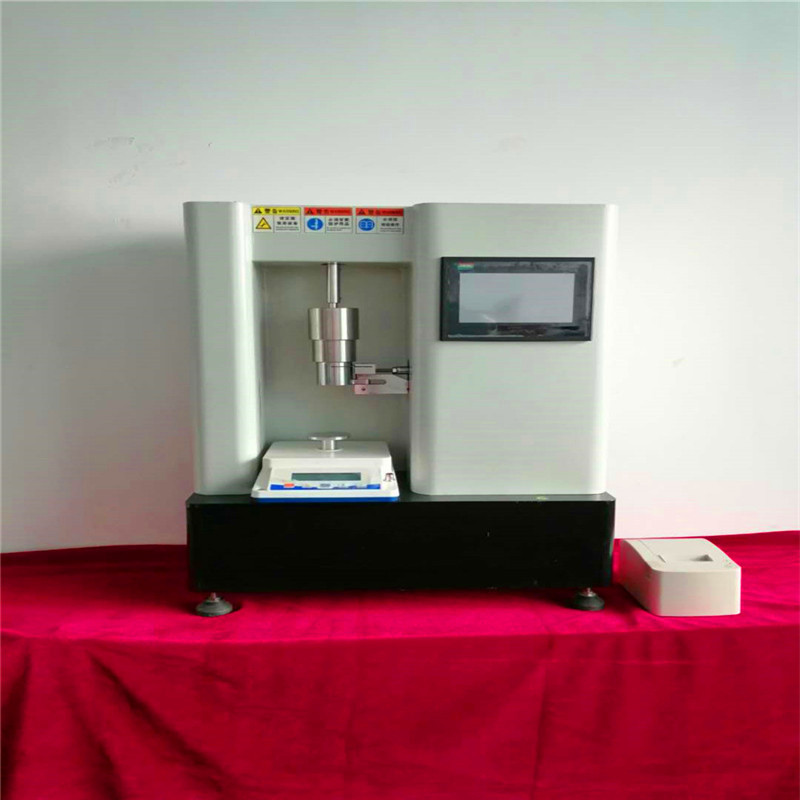
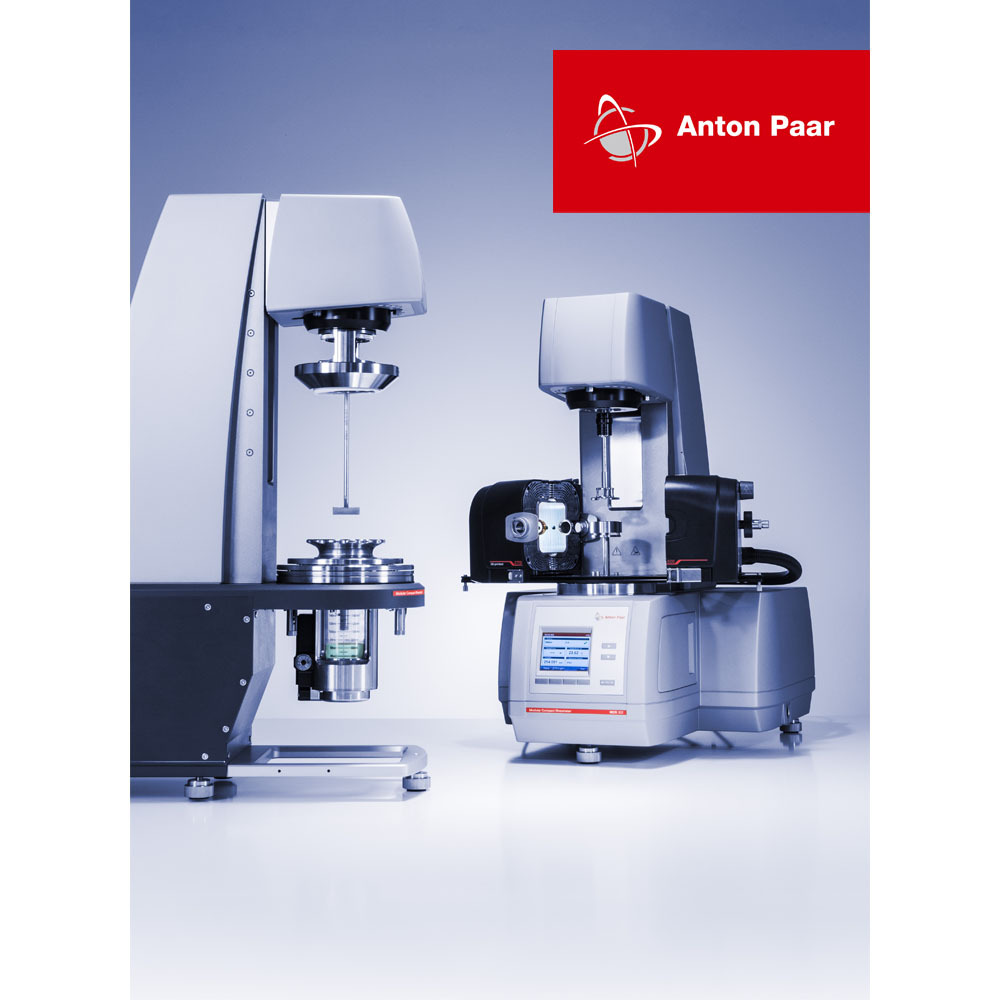
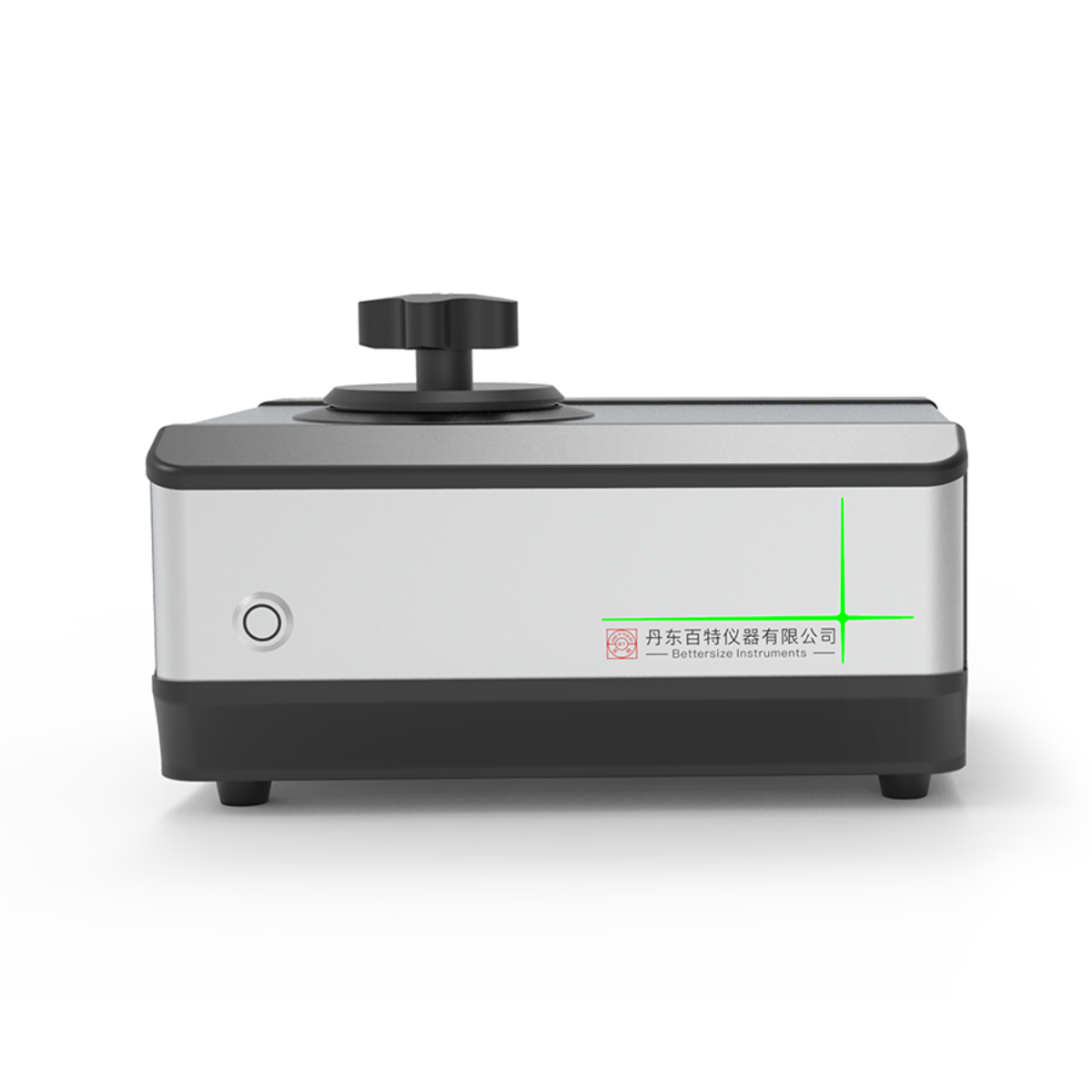
 咨询
咨询